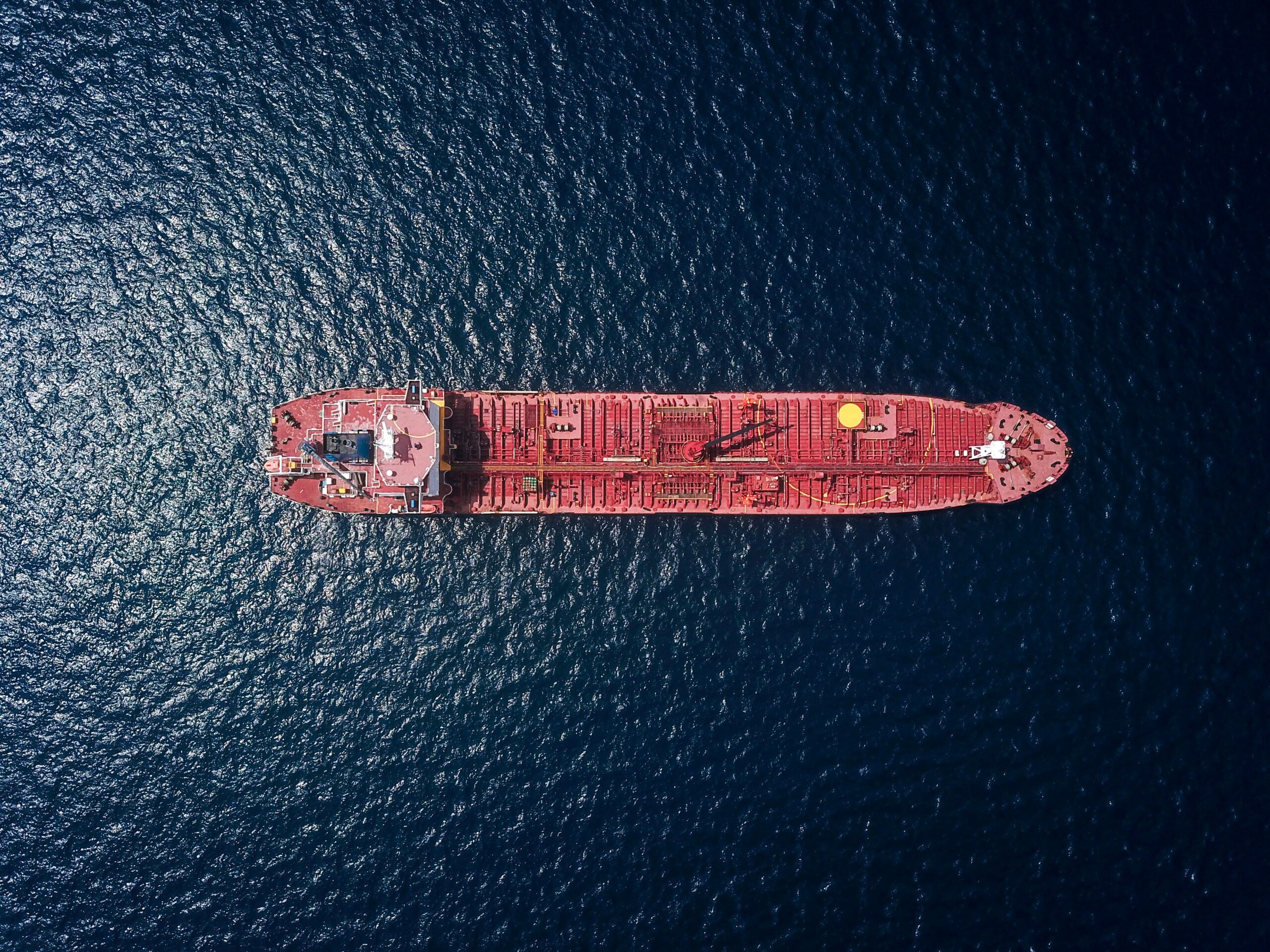Authors: Authors: Emma Pagliarusco, Gemma Ellis, and Rosi-Selam Reusing
For the first time in history, the European Commission proposed the introduction of greenhouse gas (GHG) emissions coming from the shipping sector in the Emission Trading System (ETS) in its recently published Fit for 55 (FF55) policy package. The FuelEU Regulation, presented in the same package, also aims to set limits on the carbon intensity of energy.
In Hot Water
As reported by the UNFCCC i.e., the United Nations organisation tackling climate change, shipping remains the only transport sector to have escaped any regulatory measure for reducing emissions. CO2 emissions from maritime transport represent 13% of EU countries’ annual transport emissions – having increased by 48% between 1990 and 2008 and being expected to amount to 86% above 1990 levels by 2050, if left unregulated.
Noticing that EU climate targets are threatened, the Commission has proposed the inclusion of GHG emissions produced by the maritime sector in the Emission Trading System (ETS) as a solution. This will oblige shipping companies to buy allowances for their CO2 emissions and to phase out the use of non-renewable fuels.
This article focuses on the proposal included in the recently published Fit For 55 (FF55) policy package. For its effects on aviation, see our previous article.
The Current (pun intended) Situation
At the EU level, the legislative gap of regulating the shipping sector is only filled by one regulation, namely EU Regulation 2015/757 on the “Monitoring, Reporting and Verification” (MRV) system. Its aim is to provide rules for an accurate monitoring, reporting, and verification of CO2 emissions and of other important information about ships arriving at, within, or departing from member states’ ports. The first reporting period for ships exceeding 5 000 gross tonnage (GT) began in January 2018 and has since had the intention of promoting an attractive and cost-effective reduction of CO2 emissions in maritime transport. As the need for a more comprehensive policy is obvious, the Commission created FF55, through which it aims to reduce transport emissions by 90% by 2050.
Let’s have a look at why expanding the ETS to cover maritime emissions is necessary – now more than ever, by imagining a specific situation.
One purchase, six countries, two costs
Take the example of Jenny, a student in Antwerp, who purchases a Bluetooth speaker at a local tech store, ‘X’, for an event she is hosting soon. The speaker is manufactured in China and therefore must undertake a long journey before arriving at ‘X’ in Antwerp. Before arriving at the ‘X’ Antwerp warehouse and later the ‘X’ store, the speaker makes stops at six different ports. After its journey from factory to port, the Bluetooth speaker is loaded into a container, alongside similar products and thousands of other containers aboard the ship, at Qingdao port. The ship then docks in Busan (South Korea), Ningbo (China), Yantian (China), Tanjung Pelepas (Malaysia), Rotterdam (The Netherlands), then to Felixstowe (United Kingdom), before finally arriving in Antwerp (Belgium). In total, the journey of the Bluetooth speaker on a Maersk ship from Qingdao to Antwerp port takes 41 days. Imagine all the fuel and carbon emitted over this time!
With FF55, the EU seeks to use a policy mix approach to curb such emissions. Shipping companies, such as Maersk, and other actors would be responsible for purchasing and surrendering allowances for each tonne of reported CO2 emissions. However, this will be gradual: by 2023, 20% of emissions will have to be reported; 45% by 2024; 70% by 2025; and 100% by 2026. So for the same trip in 2026, Maersk would have to purchase allowances for 50% of the emissions from Malaysia to the Netherlands; for 50% again to the United Kingdom (UK) and for 50% to Belgium, in order to deliver the Bluetooth speaker to Antwerp. If they do not comply for two years straight, they could then be denied entry to EU ports.
Unless they switch to renewable fuels, Maersk will have further added costs with FuelEU Maritime Regulation, proposed within the FF55 Package. This regulation sets a limit on the amount of GHG emissions that ships can generate in European ports. The more specific goals are that carbon intensity must be decreased by 2% in 2025, 6% in 2030. In 2050, carbon intensity should be 75% lower than it was in 2020. It will oblige vessels to gradually switch towards alternative fuels (like biofuels, hydrogen, and fossil gases). The regulation aims to cover the total emissions generated by fuels from their extraction to their use by ships. And from 2030 onward, ships at EU ports will have to connect to onshore power supplies for their energy. Moreover, by focusing on carbon intensity and not specifying the type of fuels to be used, the Commission aims to foster technology neutrality. Similar to the 2015 MRV Regulation, FuelEU has its own principles for monitoring, reporting, verification, and accreditation – different but nonetheless linked to the existing MRV Regulation.
If adopted, these new regulations represent a positive step towards achieving EU climate targets, but they do not come without challenges.Check out our next article where we detail our concerns regarding their adoption and implementation.

